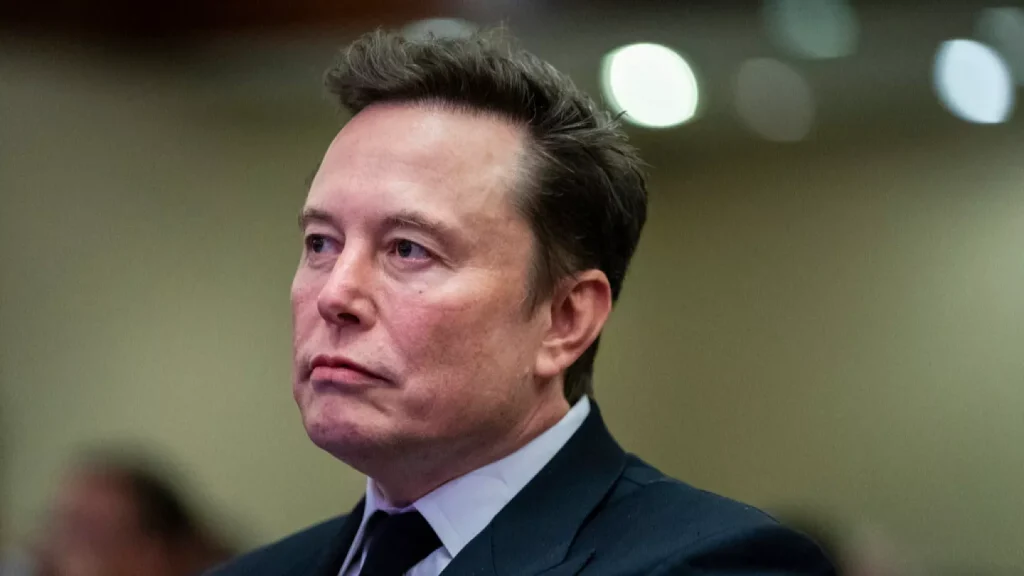The National Highway Traffic Safety Administration opened an inquiry into collisions that it claims happened when Tesla cars were using parking technology that lets owners call for a car from a spot without the occupants being inside.
On Monday, the initial inquiry into an estimated 2.6 million Tesla cars equipped with the “Actually Smart Summon” technology was made public.
According to the agency, there have been “multiple crash allegations” in which the user failed to stop a collision because of problems with line of sight or reaction time. This is the federal safety regulator’s most recent investigation of Tesla vehicles’ self-driving capabilities.
Elon Musk, the CEO of Tesla and a key Trump supporter both during the campaign and during the election, begins to formally exercise his influence on a wide spectrum of federal government policies just two weeks before President-elect Donald Trump takes office.

Since the November election, Tesla‘s stock has increased by more than 60% due to investors’ optimism that the Trump administration will implement measures that will help the company, like easing regulations to permit more people to use autonomous cars.
Following at least one pedestrian fatality and three further accidents, including one that resulted in injuries, the NHTSA said in October that it had begun an inquiry into the safety of Tesla’s Full Self-Driving function, or FSD.
This most recent investigation’s accidents are far less serious. According to the agency, the owner of the vehicle reported one collision, and press sources indicated at least three more.
The NHTSA statement revealing the most recent investigation stated, “In all four incidents, the subject Tesla vehicles operating in Actually Smart Summon failed to detect posts or parked vehicles, resulting in a crash.” It stated that it is also investigating 12 additional cases that vehicle owners have reported.
A request for comment on the investigation was not answered by Tesla. The business lacks a public relations department and has hardly ever answered questions from media organisations like CNN.
According to the Tesla website, the feature is only to be utilised on private land, including driveways and parking lots, and not on public roads and streets. The website also states that to stop the vehicle if needed, the driver utilising the feature on a phone app should have a good view of the vehicle and the route it is taking.
Although Tesla has long offered what the company calls “self-driving” capabilities, these features come with a caution that drivers must remain prepared to take over the vehicle if an accident needs to be avoided.

